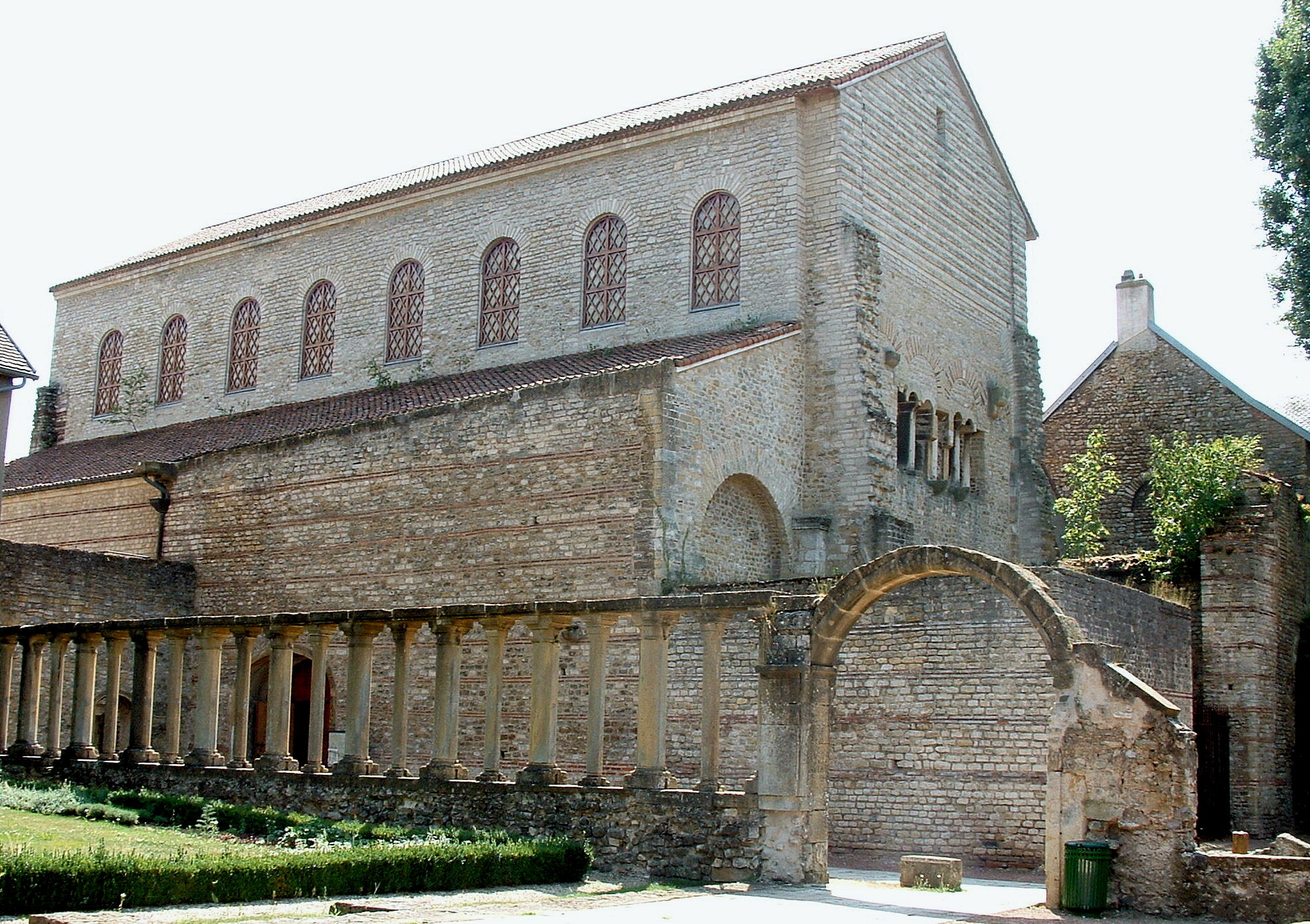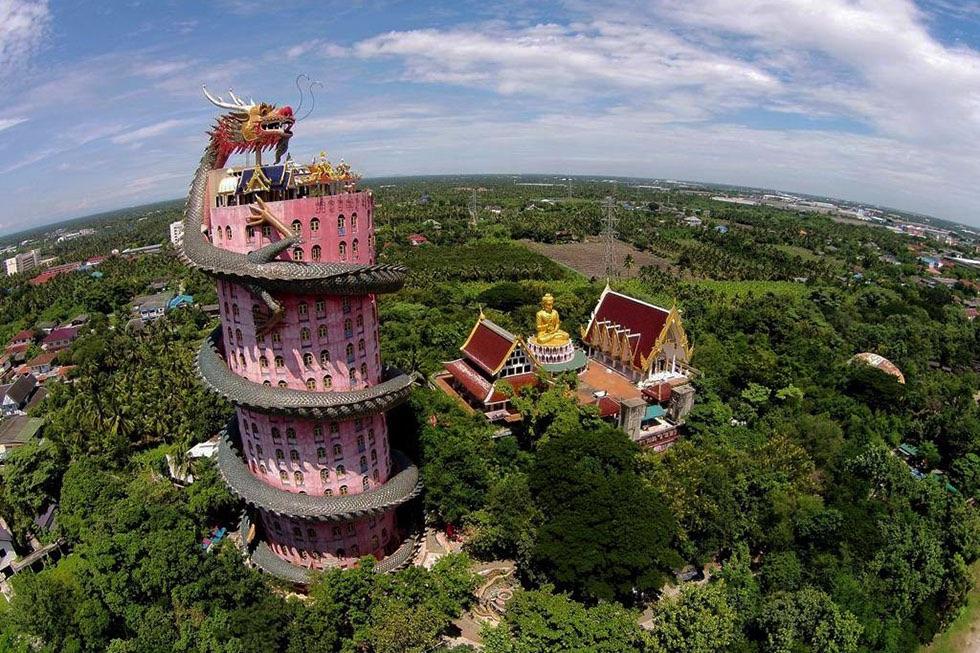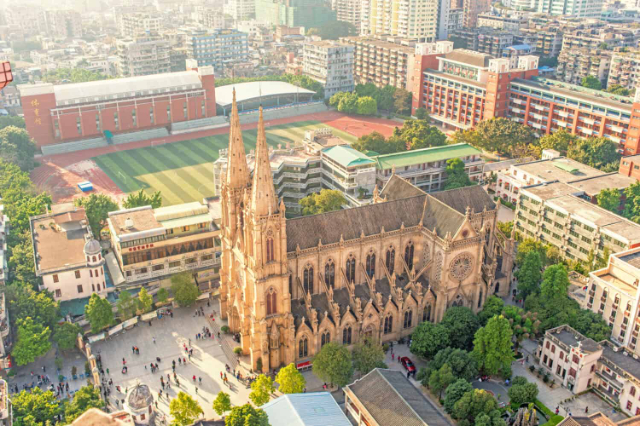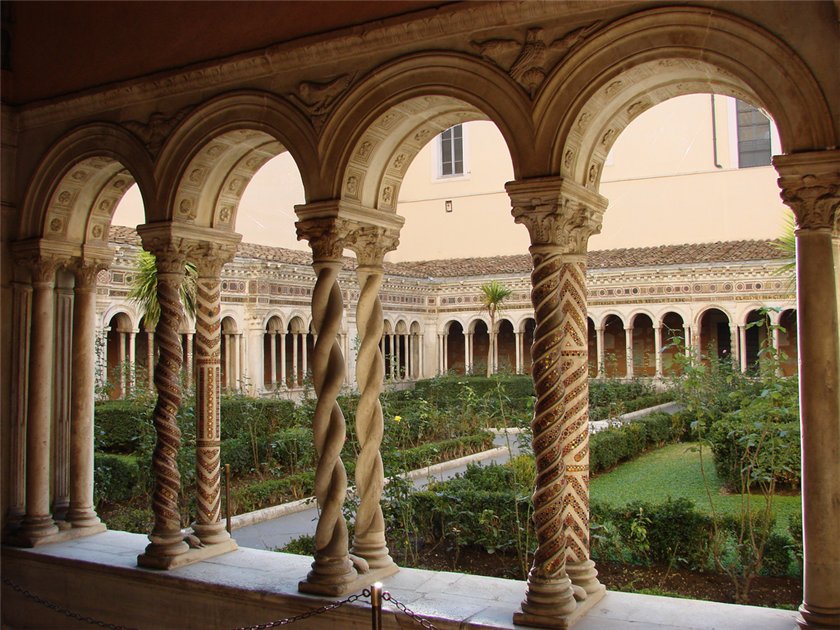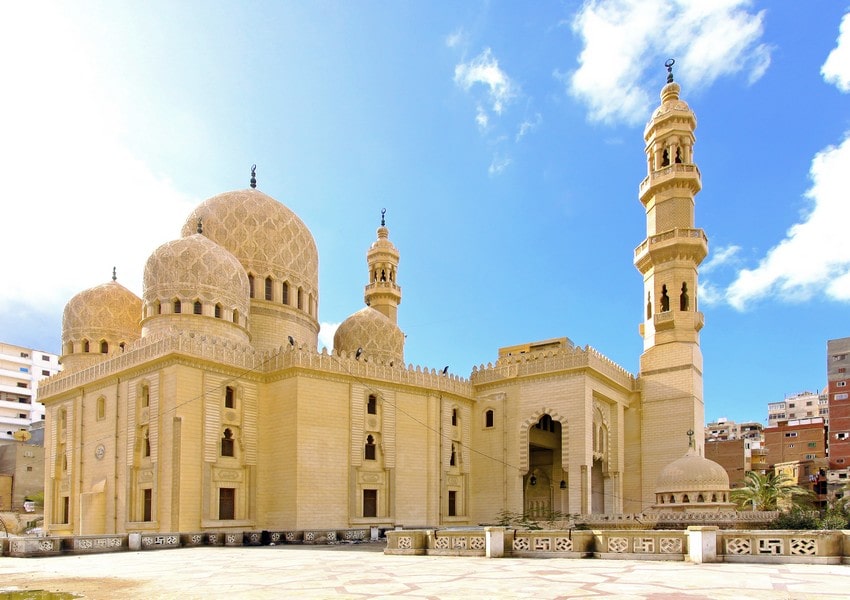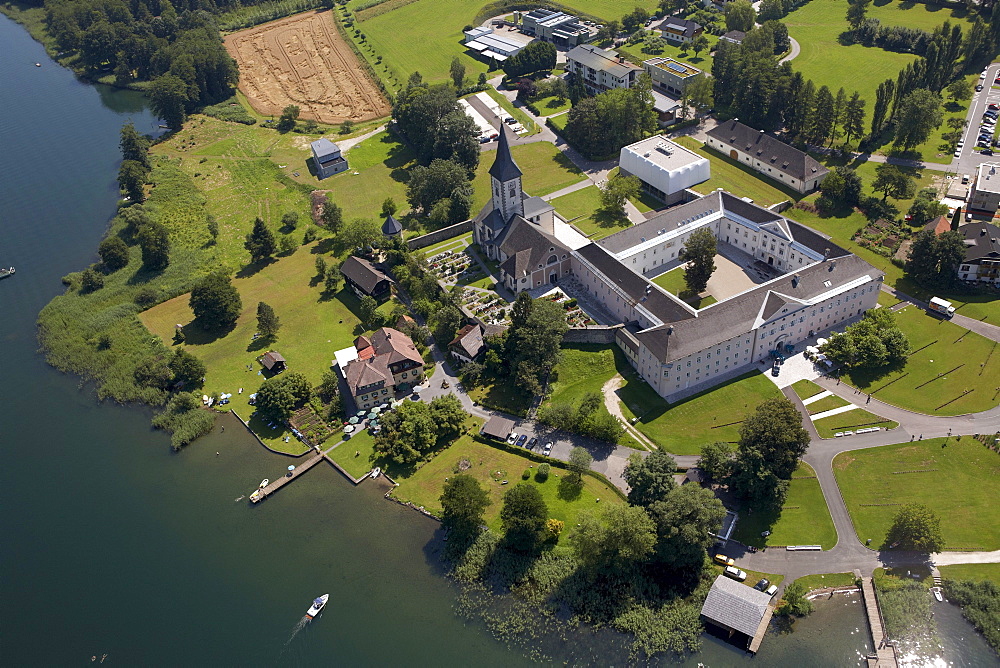The basilica of Saint-Pierre-aux-Nonnains is a pre-medieval church building in Metz, France. It began life as a Roman "gymnasium", or secondary school, in the 4th century AD, making it one of the oldest churches in Europe. Metz was an important cradle of Frankish civilization, with both Merovingians and Carolingians tracing their ancestry to the place. After the conversion of Clovis I to Catholicism, Metz became a Christian stronghold. During the 7th century, the old Roman gymnasium was converted to use as a Benedictine church. During the reign of Charlemagne, Metz was almost chosen as the capital city of the newly founded Holy Roman Empire, an honor which was instead bestowed on nearby Aachen. Neverthless Charlemagne was apparently fond of the old church, and two of his sons were buried in what would later be designated the Basilica of Saint-Pierre-Aux-Nonnains. The building was originally built in 380 AD as part of a Roman spa complex. In the 7th century, the structure was converted into a church, becoming the chapel of a Benedictine nunnery. A new nave was constructed in the 11th century with further interior renovations. In the 16th century, the building became a warehouse, and remained so until the 1970s, when it was restored and opened for concerts and exhibitions.It is certainly an ideal place to see Gregorian Chant music performed.
